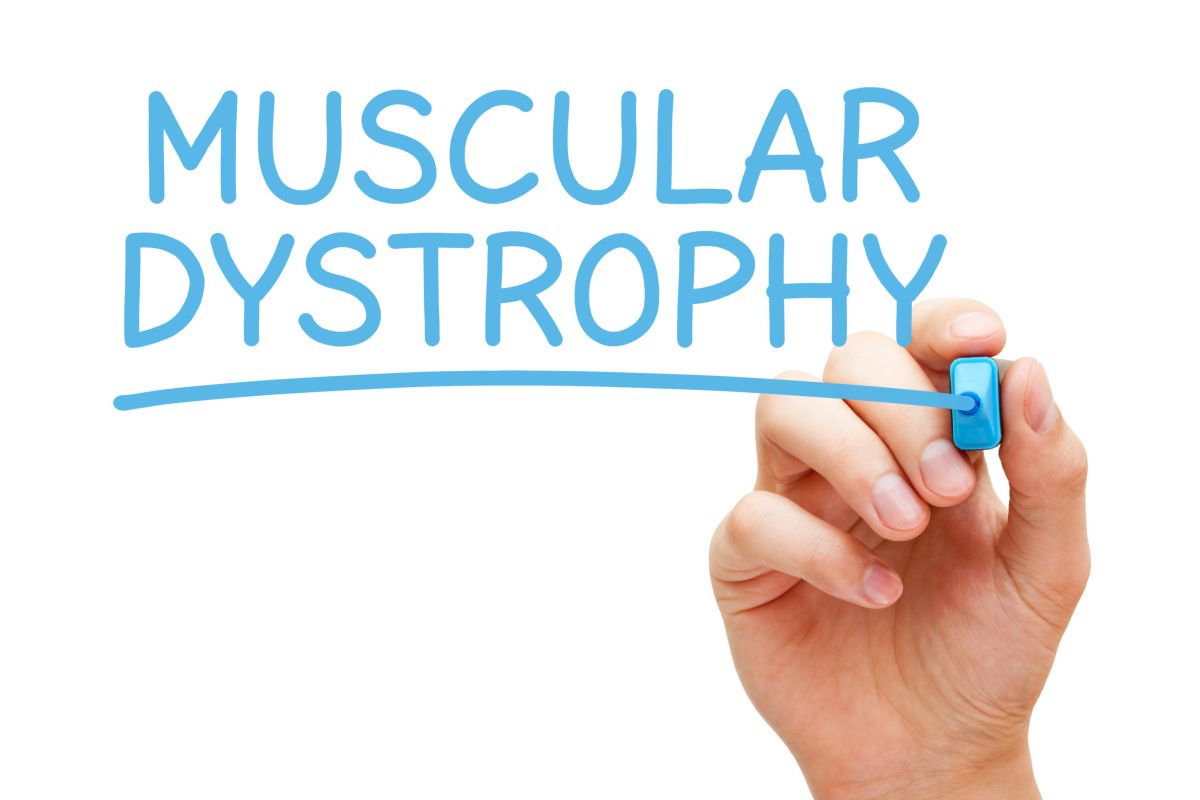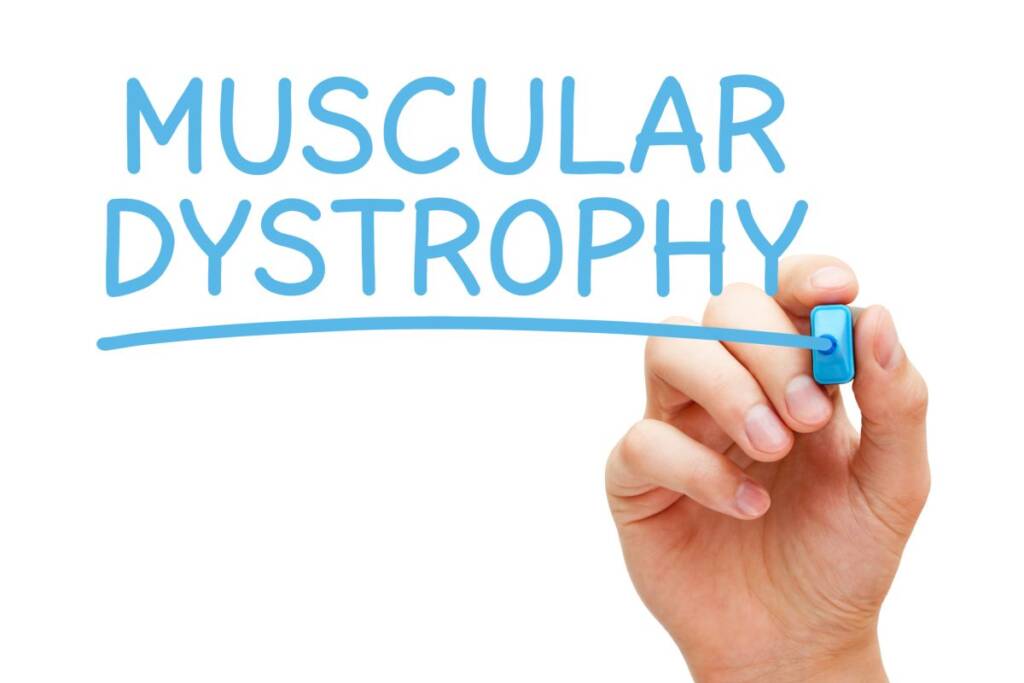Health
Duchenne dystrophy: what it is, symptoms and treatments

Duchenne muscular dystrophy is a rare hereditary disease. Let's find out what it is, what are the symptoms and the available therapies.
When we talk about Duchenne muscular dystrophy we mean a rare and hereditary disease that subverts the structure of the muscles leading to a slow but progressive paralysis.
In fact, the muscles of those who suffer from it begin to degenerate, gradually losing normal motor functions.
It is a disease that is still under study today and for which there is no real cure. Learning to recognize it is therefore very important in order to understand everything about it.
Duchenne dystrophy: what it is and how it looks
This rare and pediatric disease affects male subjects and has the particularity of affecting the muscles leading to the so-called degenerative processes that replace the muscle fibers with connective and fibrotic tissue. Which prevents the normal contraction that gives life to the movement. All this happens so quickly that it does not find a response in the regenerative processes of the organism, thus leading to a future paralysis. The consequence is a strong weakness which is associated with increasingly slower movements.

The parts of the body most affected are usually the arms and legs , the intercostal muscles, those involved in breathing, the diaphragm and the heart.
Unlike other dystrophies, Duchenne never touches the muscles of the face nor those responsible for swallowing.
Going to the numbers, it is estimated that the disease occurs in 1 out of 3,500 males and that it reaches a diagnosis around 3 and a half years of age.
What are the symptoms of Duchenne disease
This disease, being hereditary, is present from birth but tends to show itself only after the age of three. To date, in addition to a progressive degeneration of the muscles it leads to premature death, which is why research is very active in order to find a possible cure.
Among the symptoms to recognize it, the most important is the so-called Gowens sign, or what happens in the change of position. In this circumstance, in fact, the child who is in the supine position tries to get up by supporting himself with what is around him or with his legs and arms.
Other recognizable symptoms include:
– Delay in walking
– I walk awkwardly
– Tendency to stumble
– Mild cognitive impairment
– Difficulty walking
In the presence of these symptoms it is very important to consult a neurologist in order to obtain a diagnosis.
Diagnosis and therapies for Duchenne disease
The tests to recognize and diagnose this disease are different.
Among the most common are observation of the child's walking pattern, Gowens sign test, CK enzyme measurement, and genetic testing.
As for the cure, although to date there isn't one yet, there are several therapies that can slow down the whole process and reduce symptoms.
Corticosteroids, for example, can give a few more years both in terms of movement and breathing. There are also several clinical trials that aim to greatly increase life prospects and, over time, to find a cure capable of subverting the degenerative process. The hopes for a solution to this currently incurable disease are therefore quite high, also according to Dr. Stefano Previtali who works at the IRCCS San Raffaele Hospital and who believes that within 5 years, research will bring truly important results.
Riproduzione riservata © - WT











